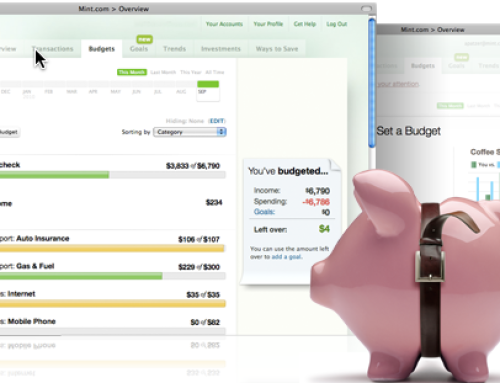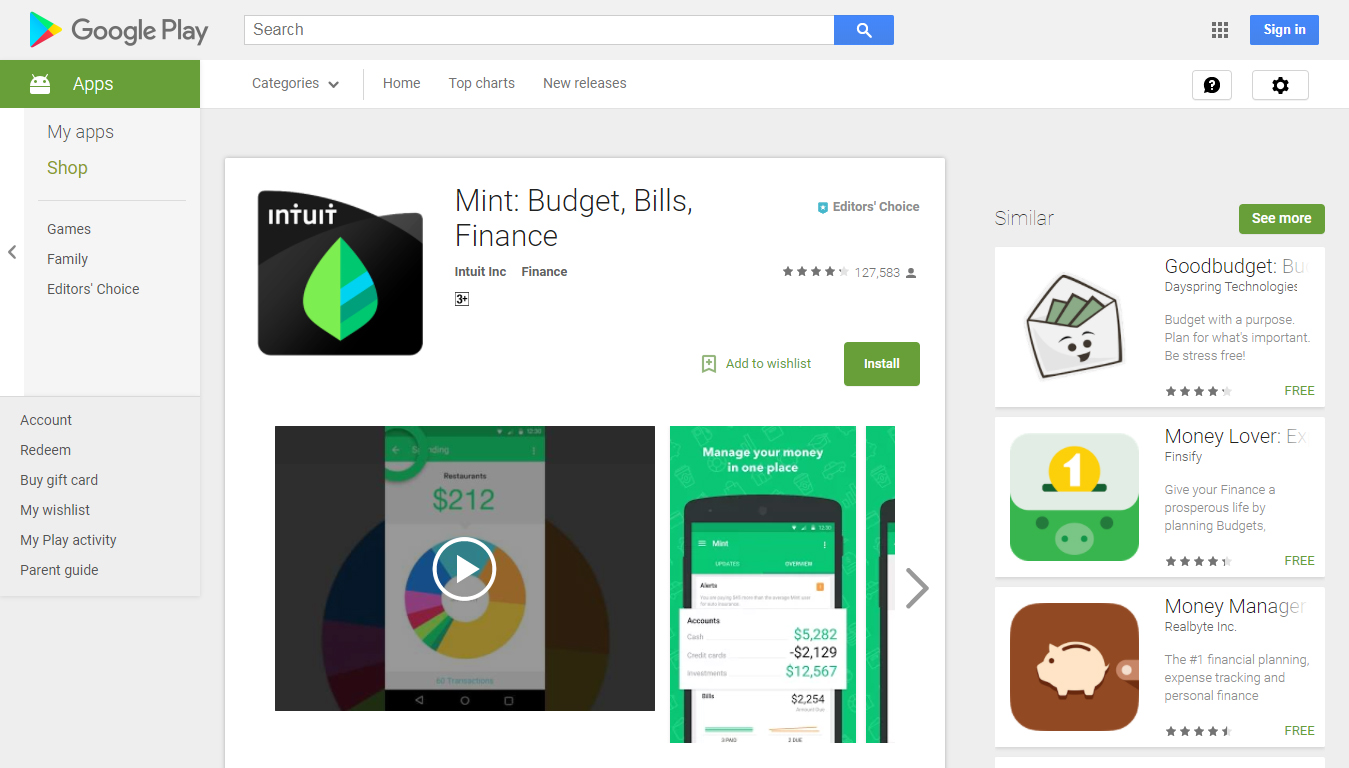

All the categories will now have checkboxes. To modify your preferences, go into the 'Add/Edit Categories' popup, then click on 'Edit Hidden Categories'. Go to the project page to see installation instructions for your particular desktop browser.

I finally got fed up with the overload of choices, so I wrote a UserScript that allows you to hide specific categories or sub-categories. While I do have plenty of Bills & Utilities, I don't have a Home Phone or Television bill, so those sub-categories will never apply. Similarly, I don't have kids, another major category. I don't own a business, so the Business category and all its sub-categories are useless and serve to clutter my list of choices. However, while you can add as many sub-categories as you want, you cannot remove any built-in default categories. For example, I (unfortunately) have to pay tolls, which are automatically charged to my credit card Mint makes it easy to track my monthly usage and help me plan for future months. It comes with many categories by default, and you can add new sub-categories if you want to group a specific set of expenses. It has a nice graph showing how far along you are in the month in relation to your budget usage. Mint lets you set up budgets based on categories and sub-categories. One useful feature is the categorization of transactions. I've been using it for over 5 years now, and it has helped me keep track of multiple bank accounts and credit cards, giving me one simple location to manage my finances.


 0 kommentar(er)
0 kommentar(er)
